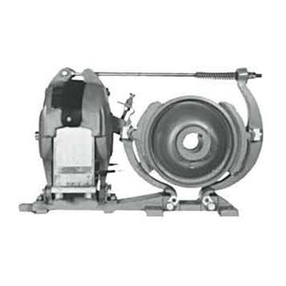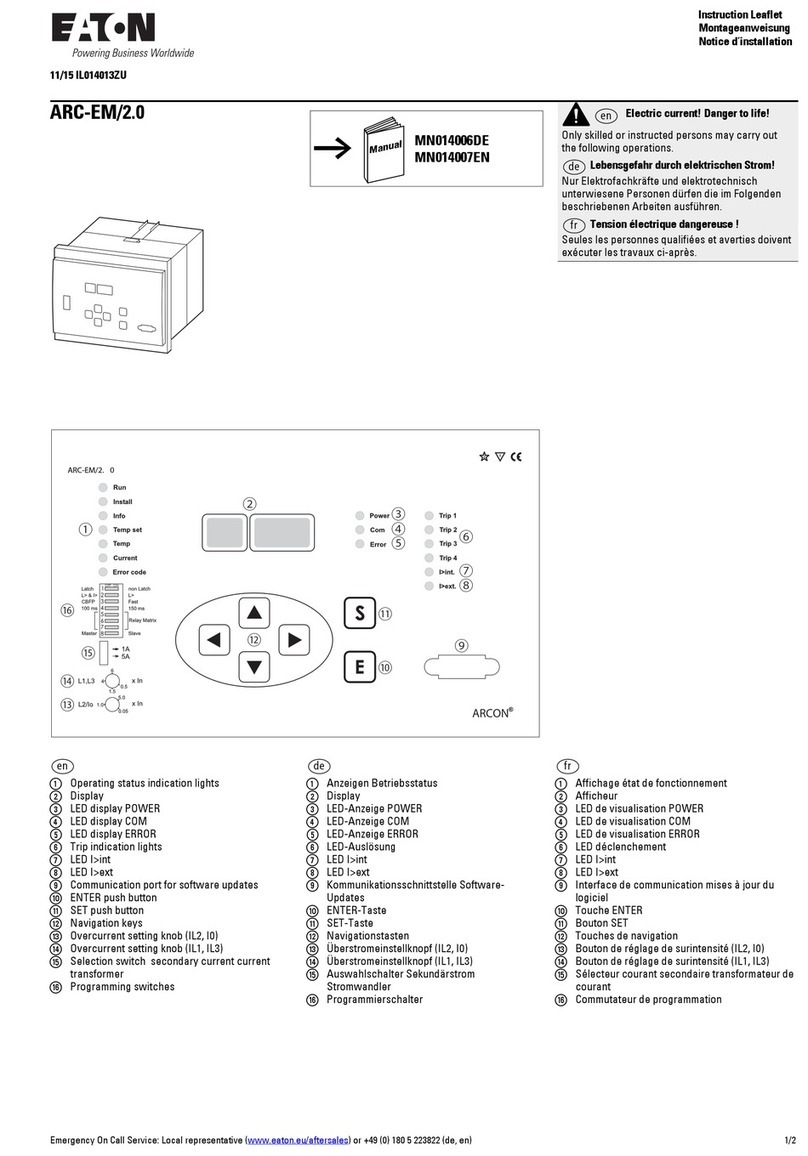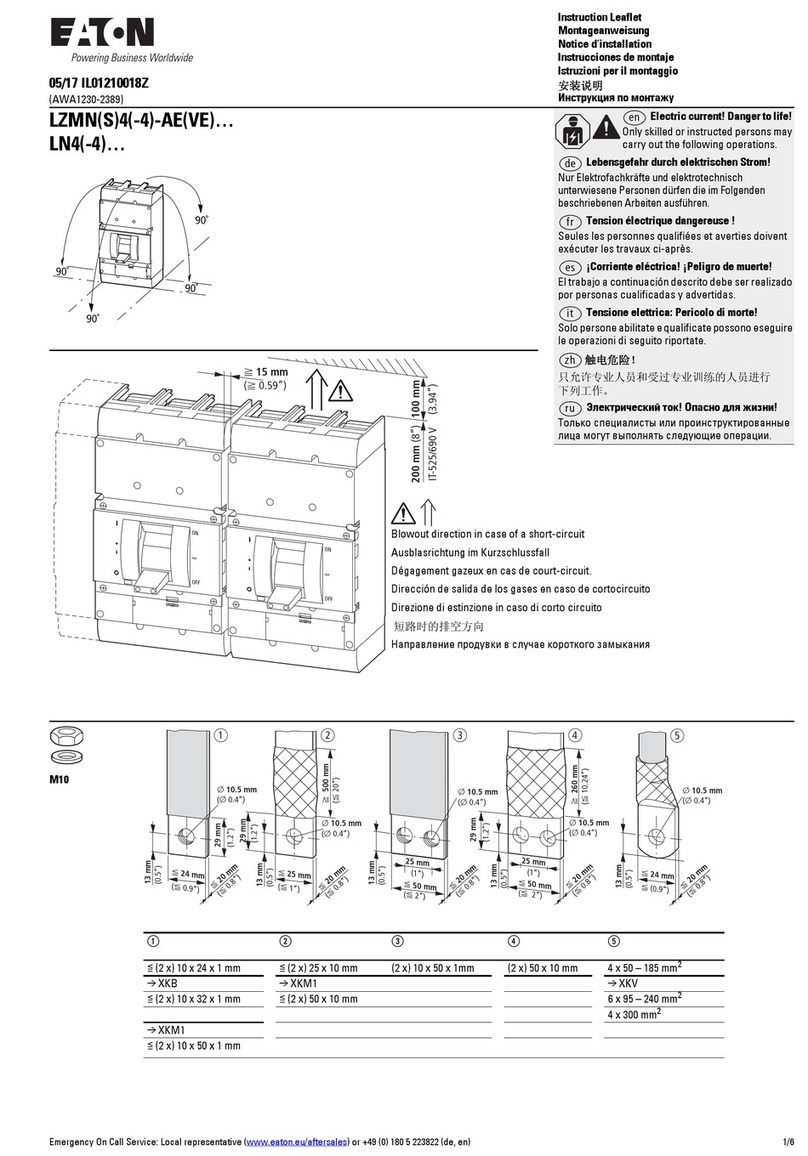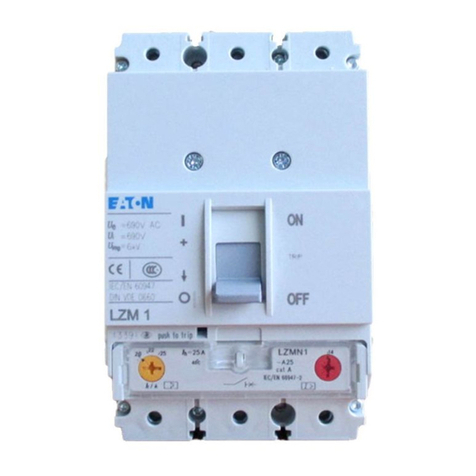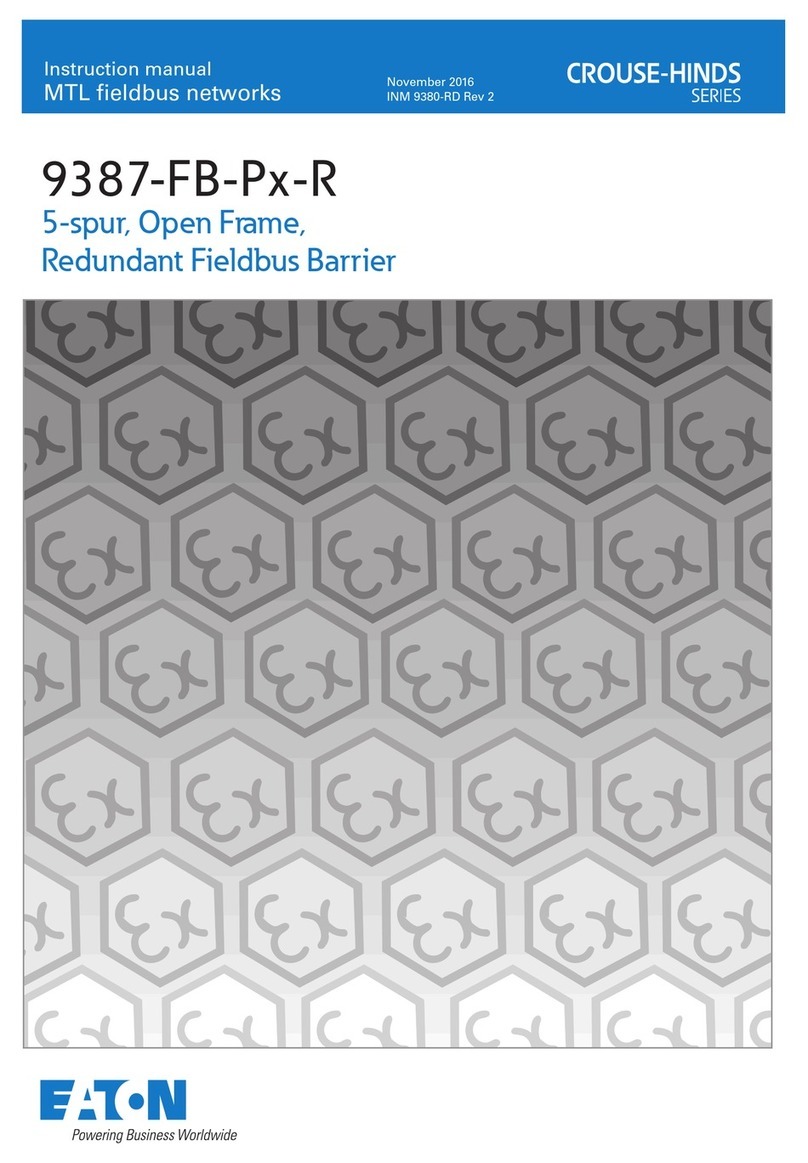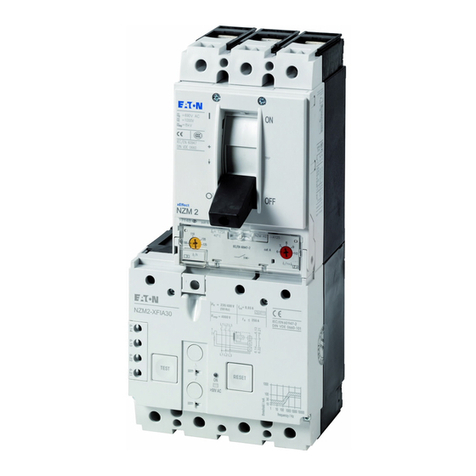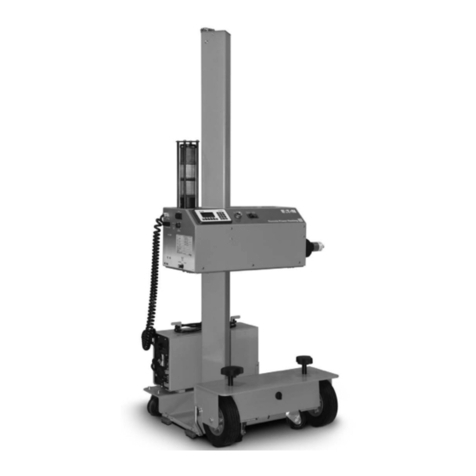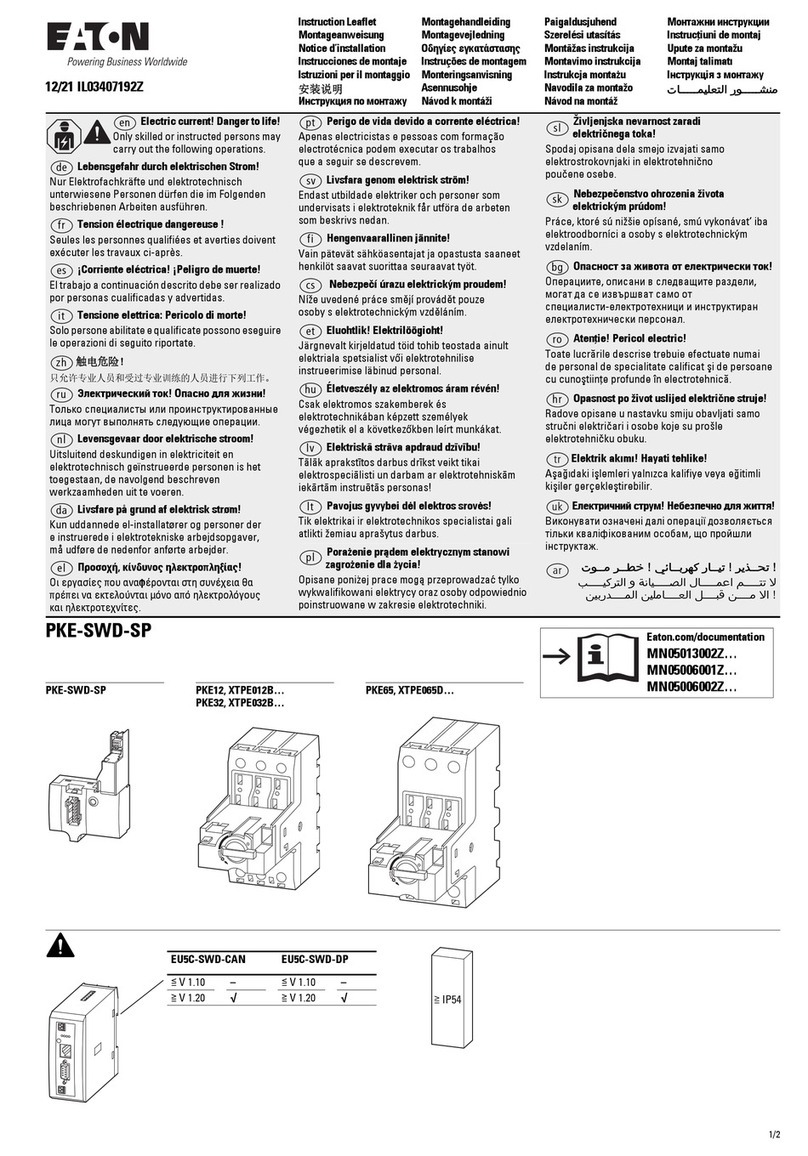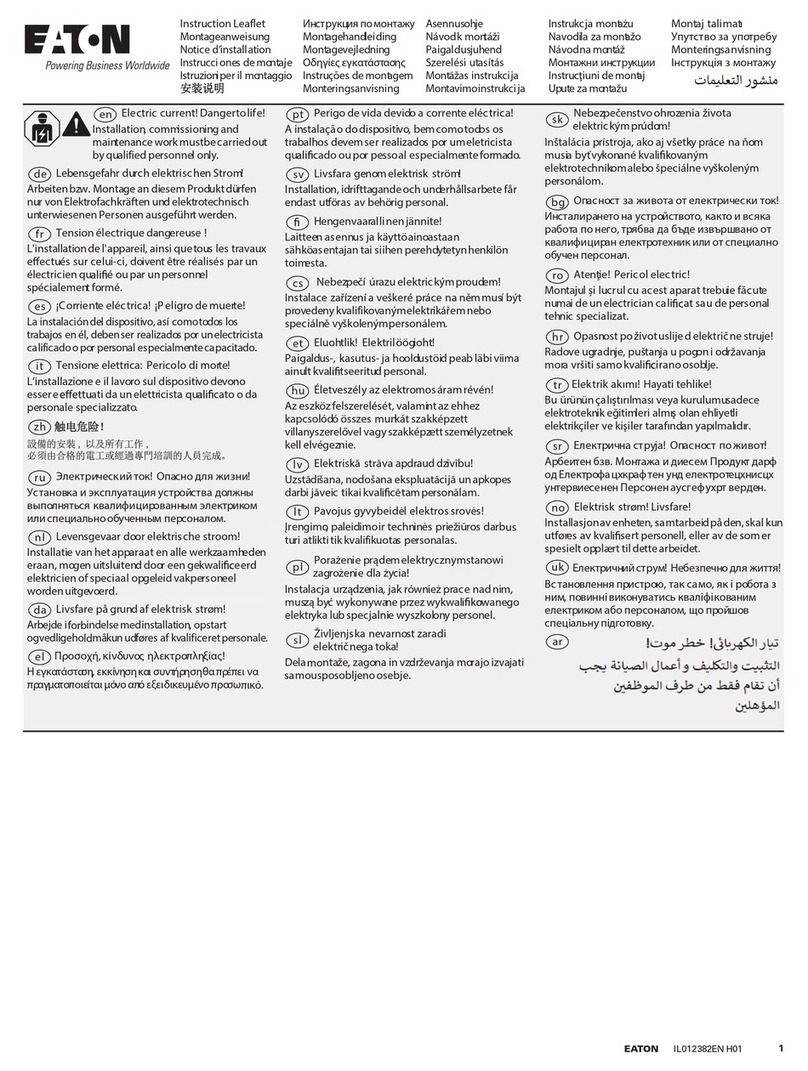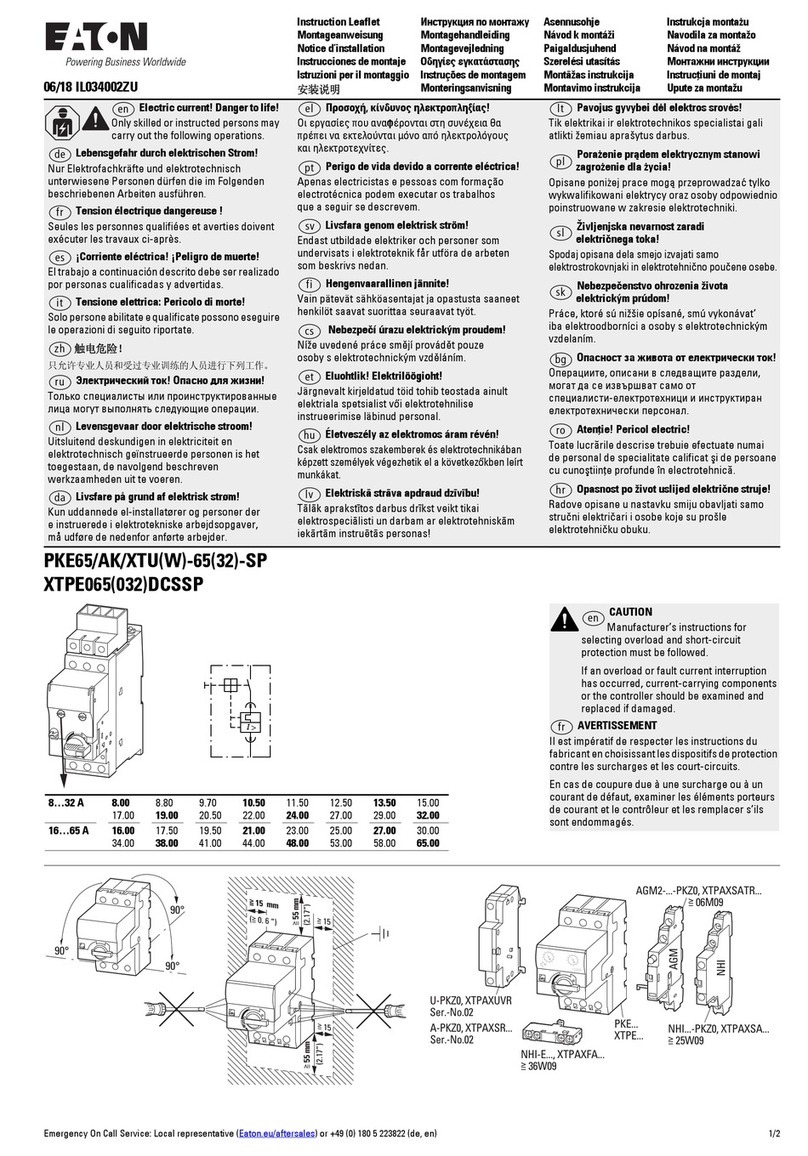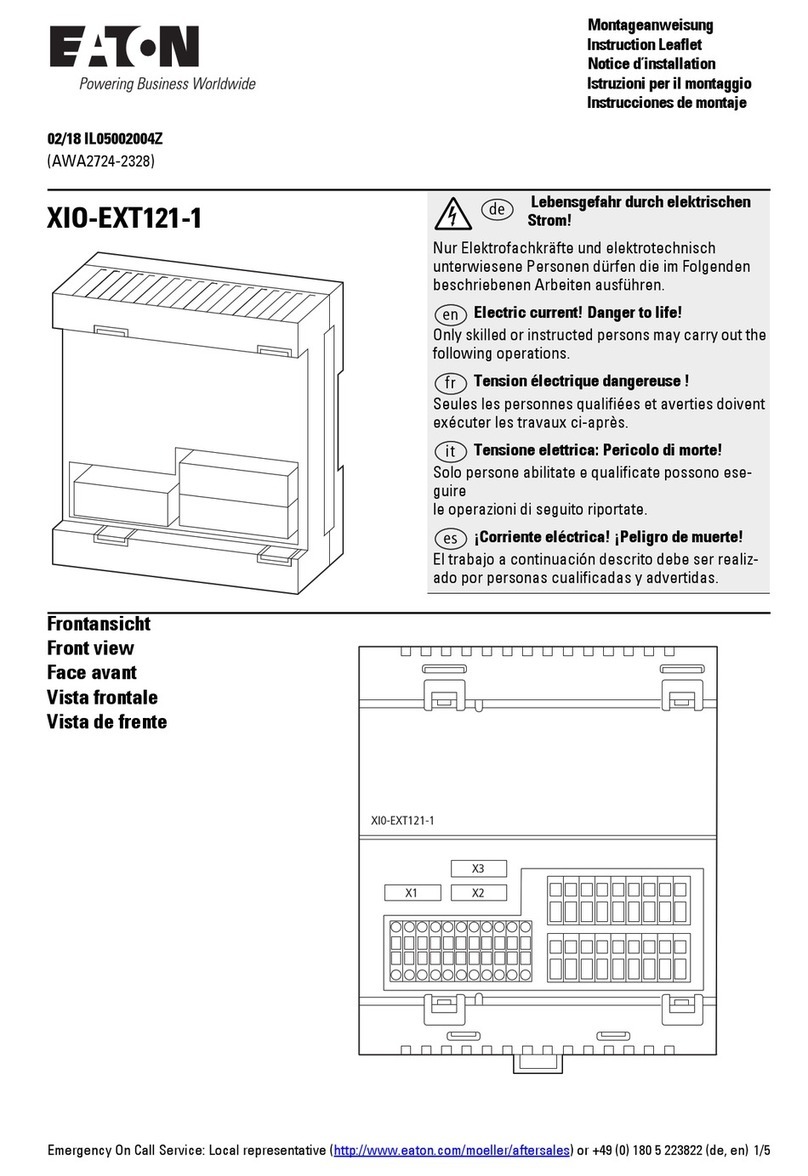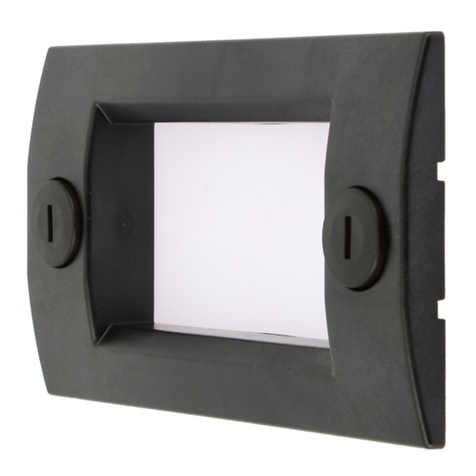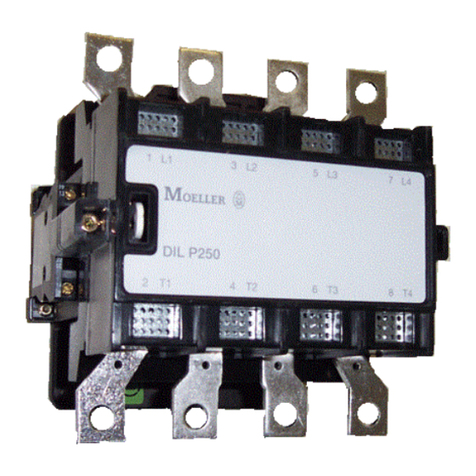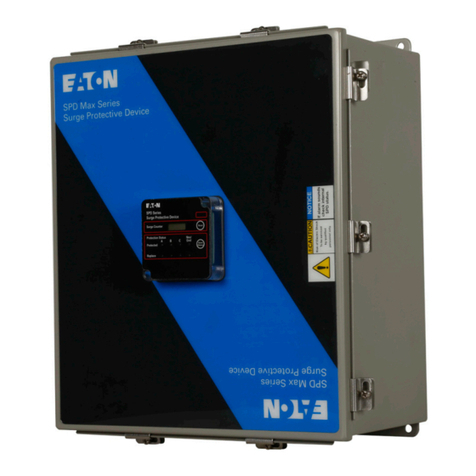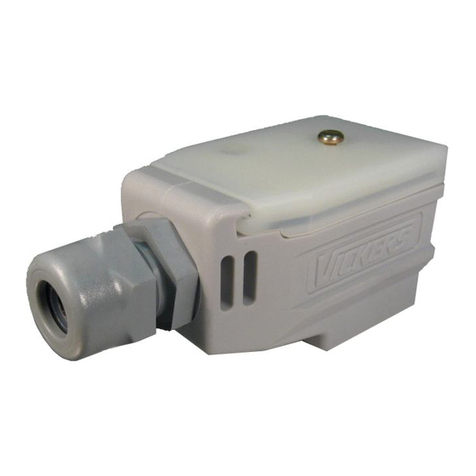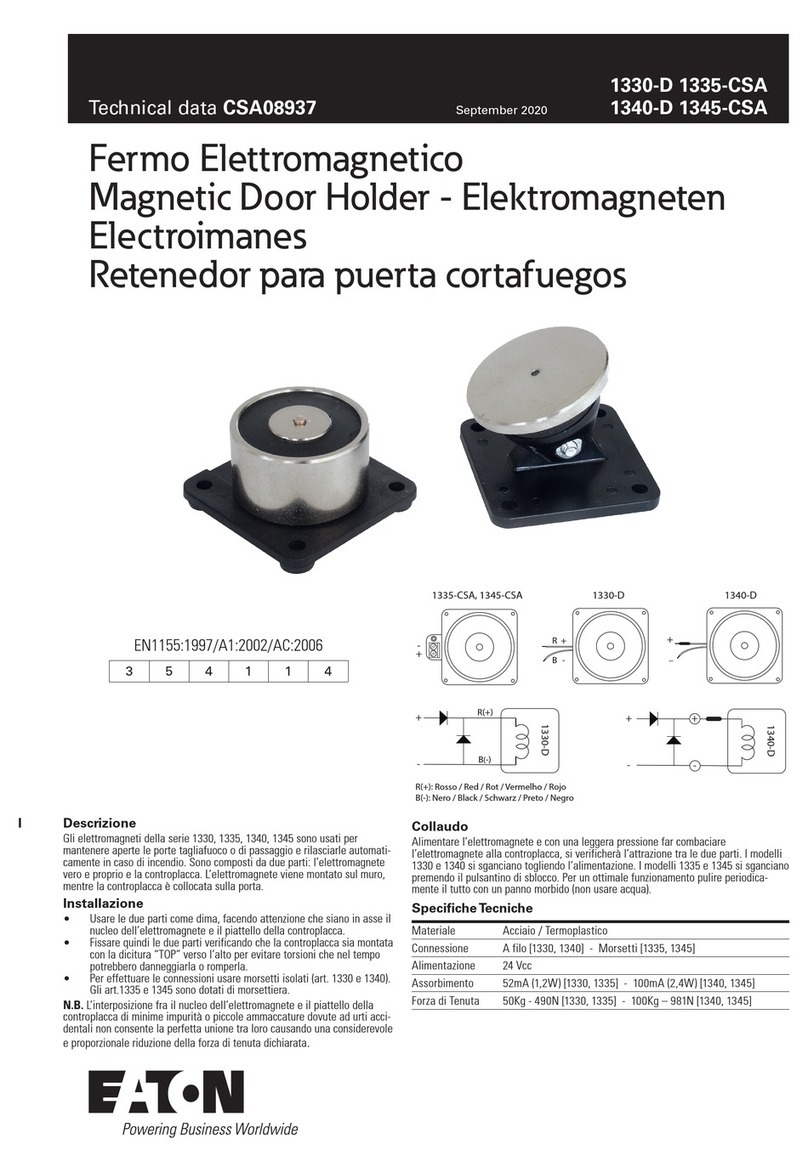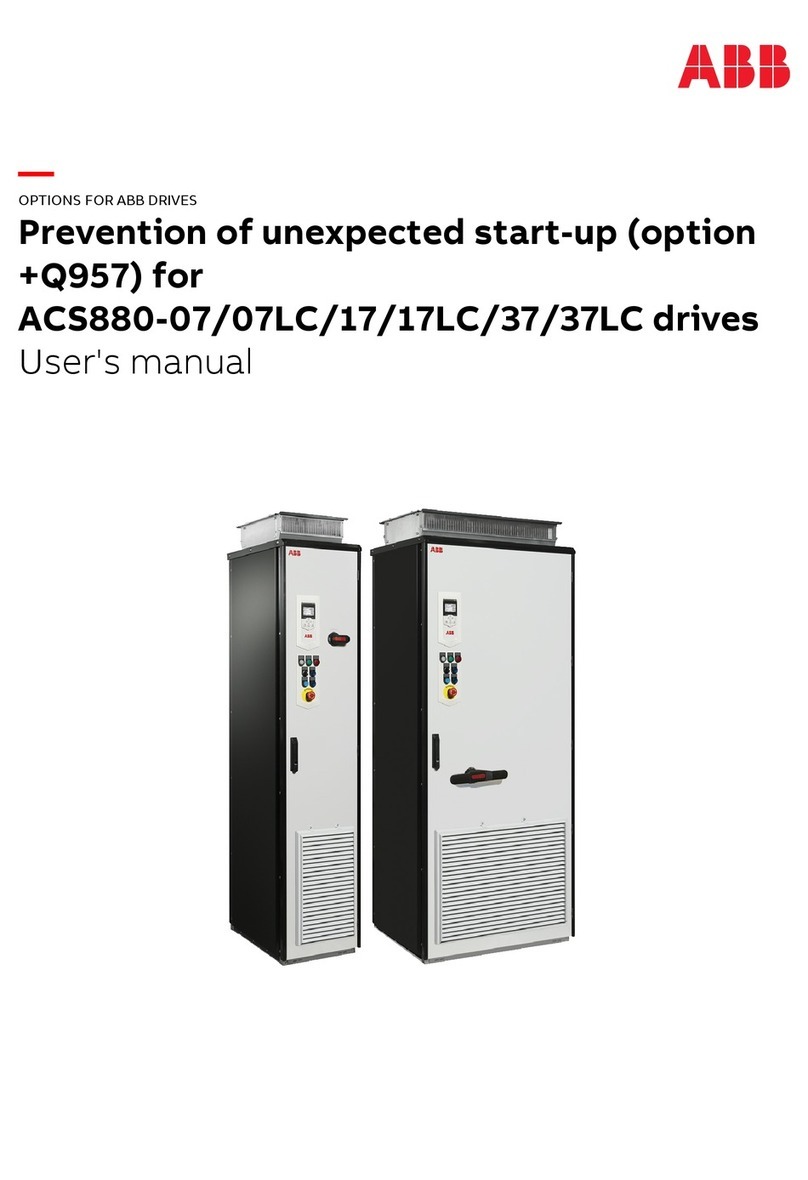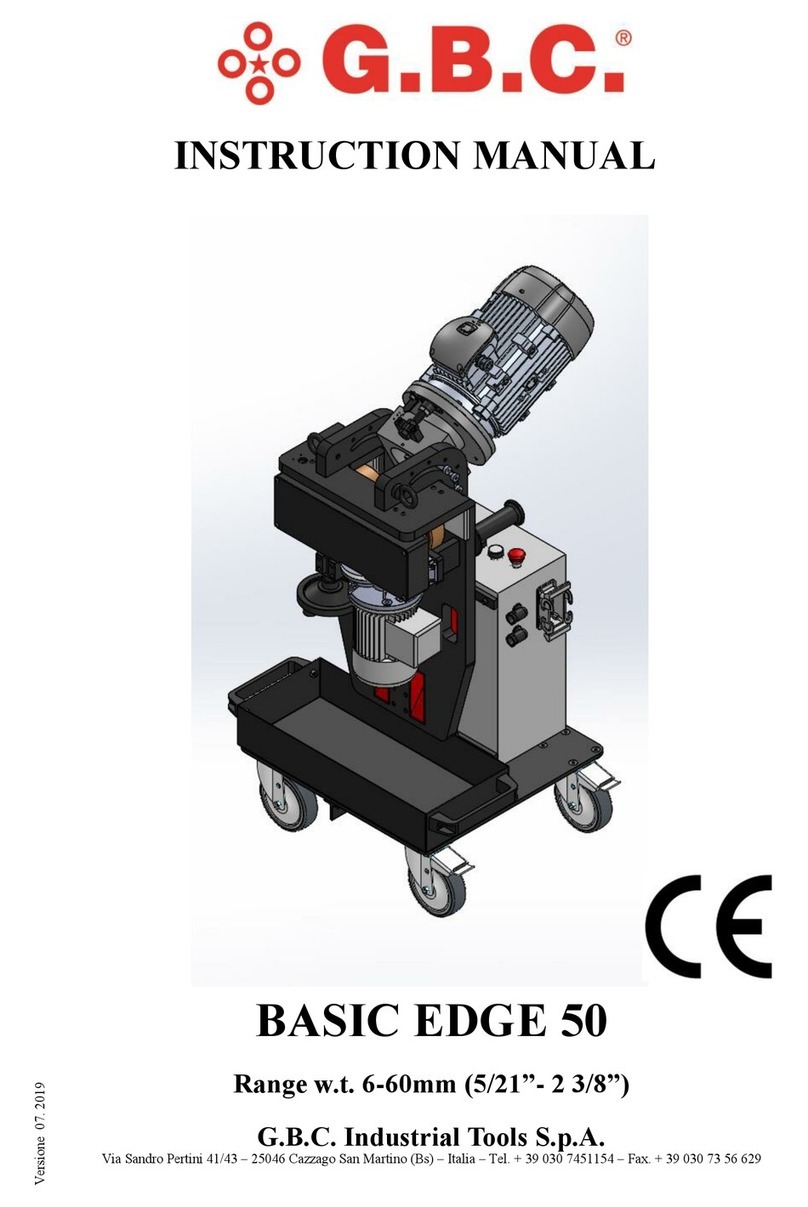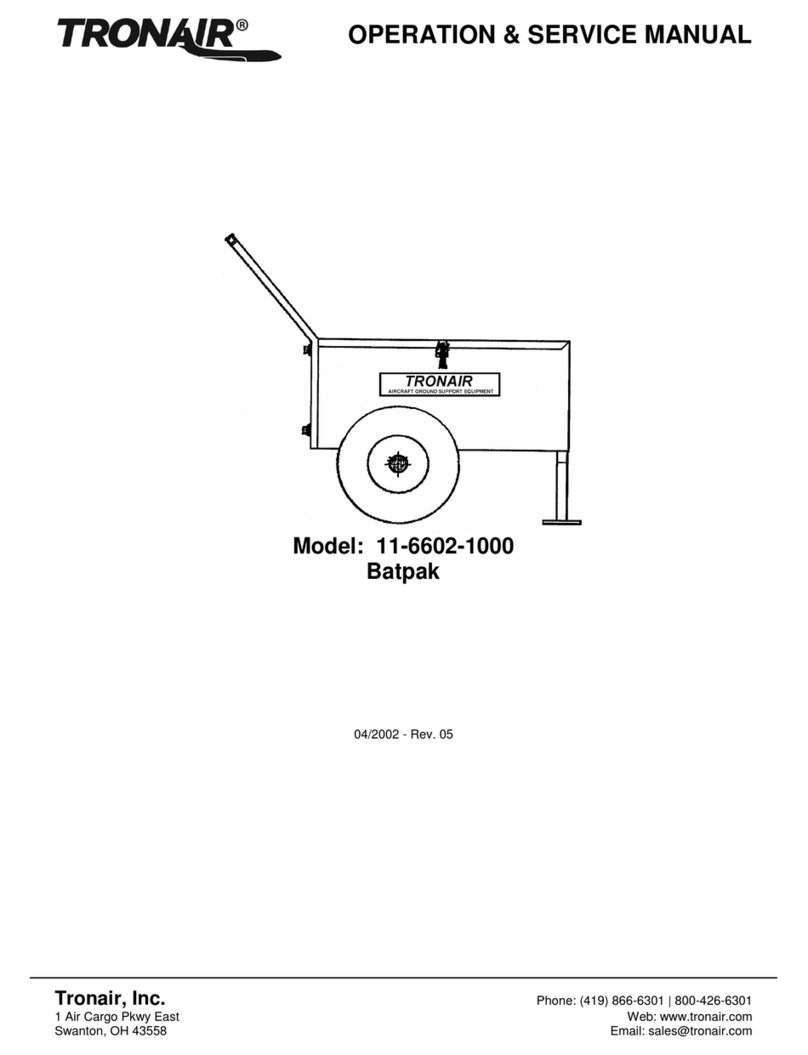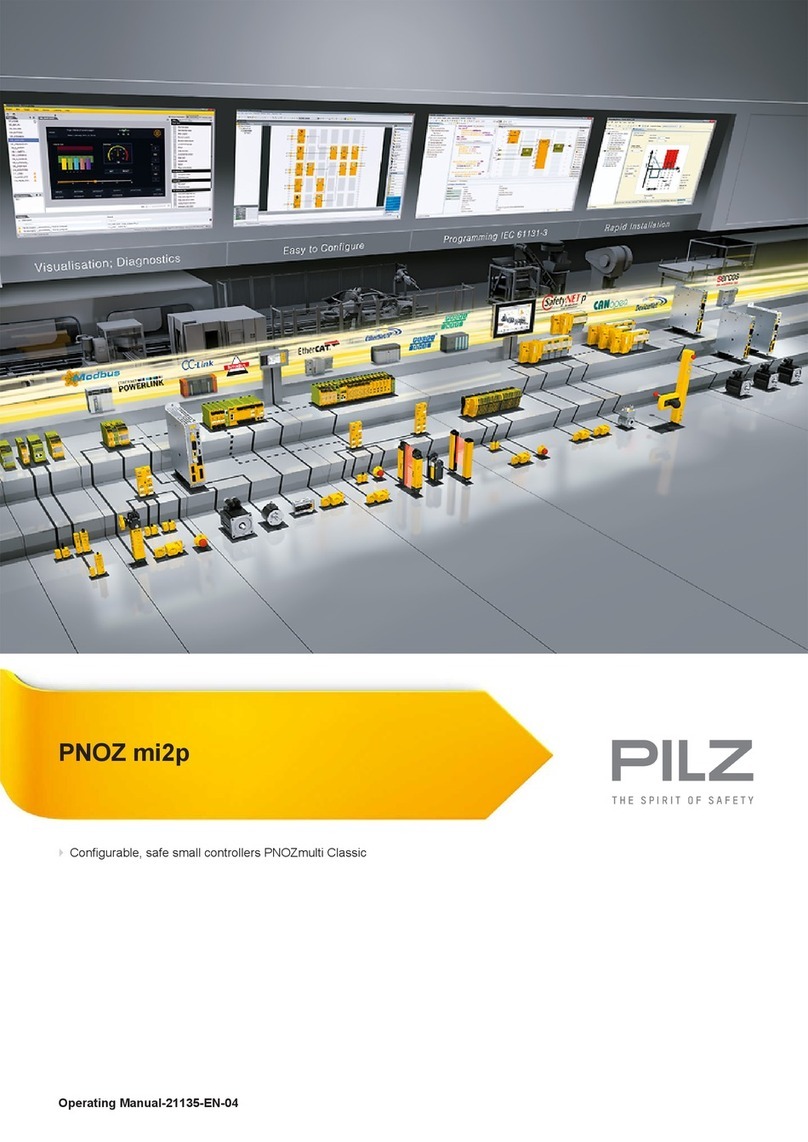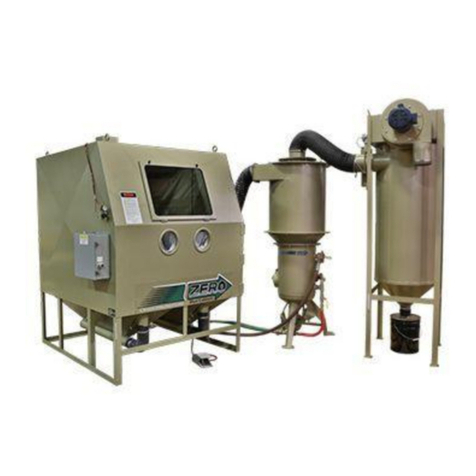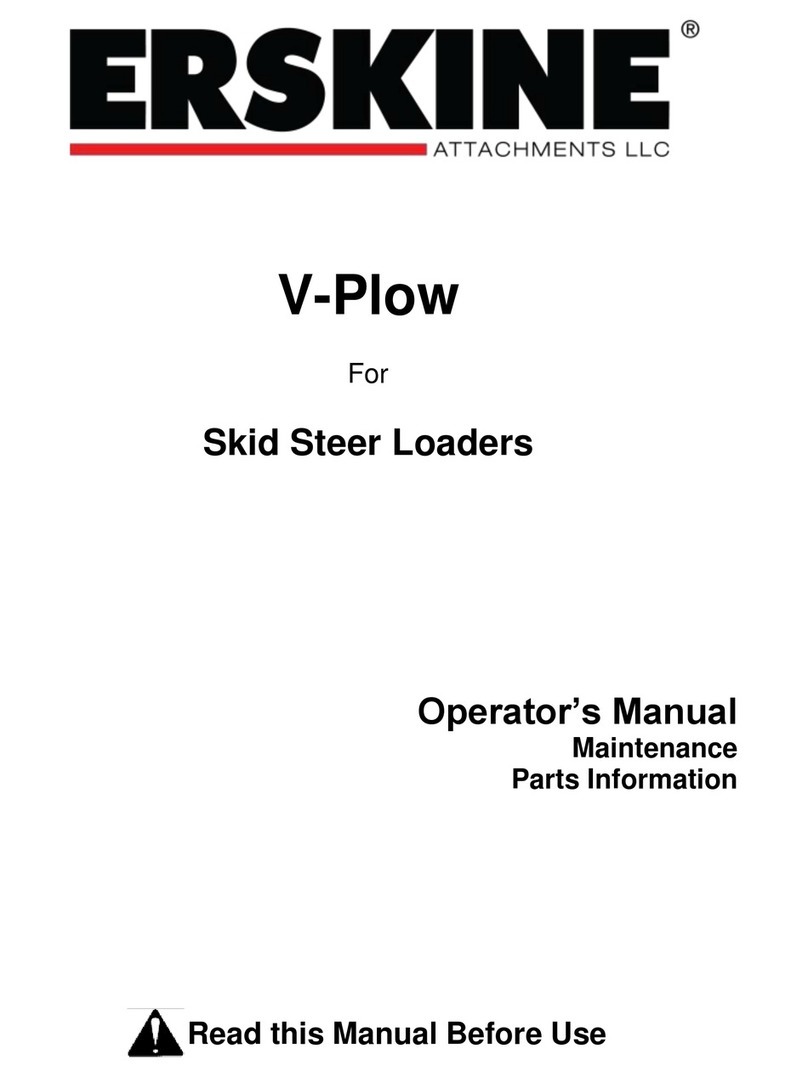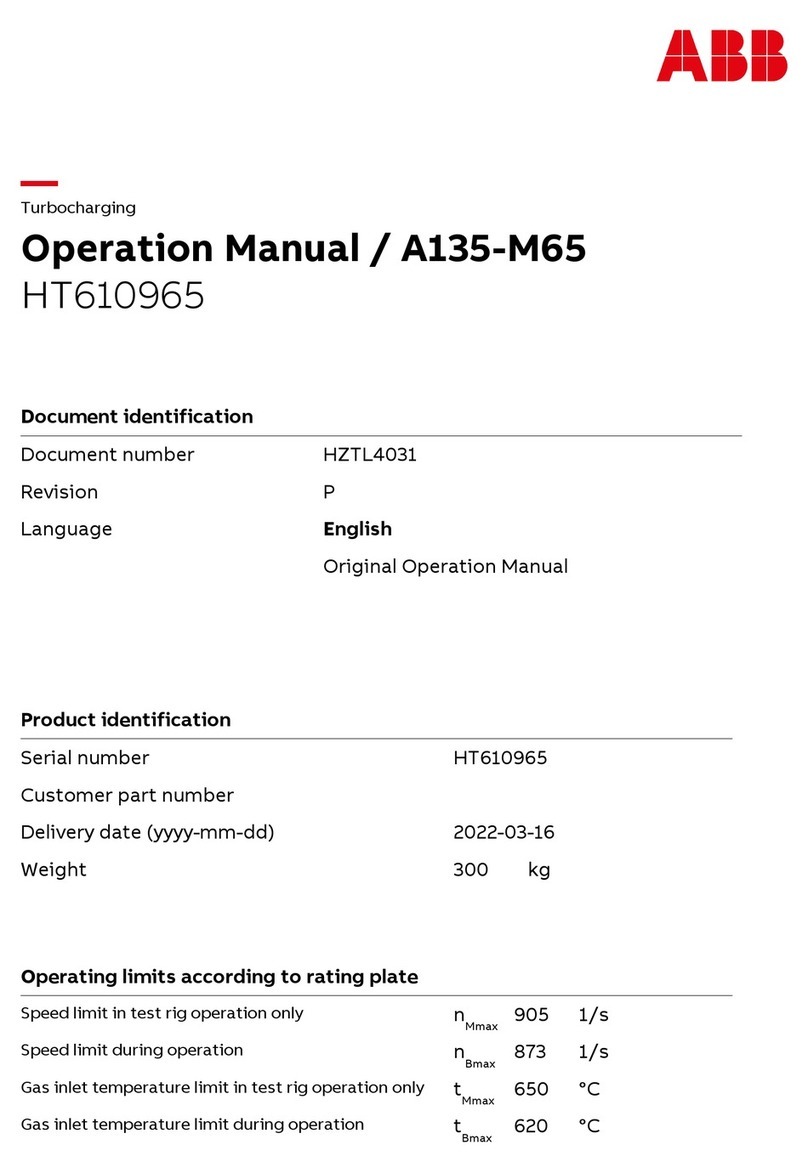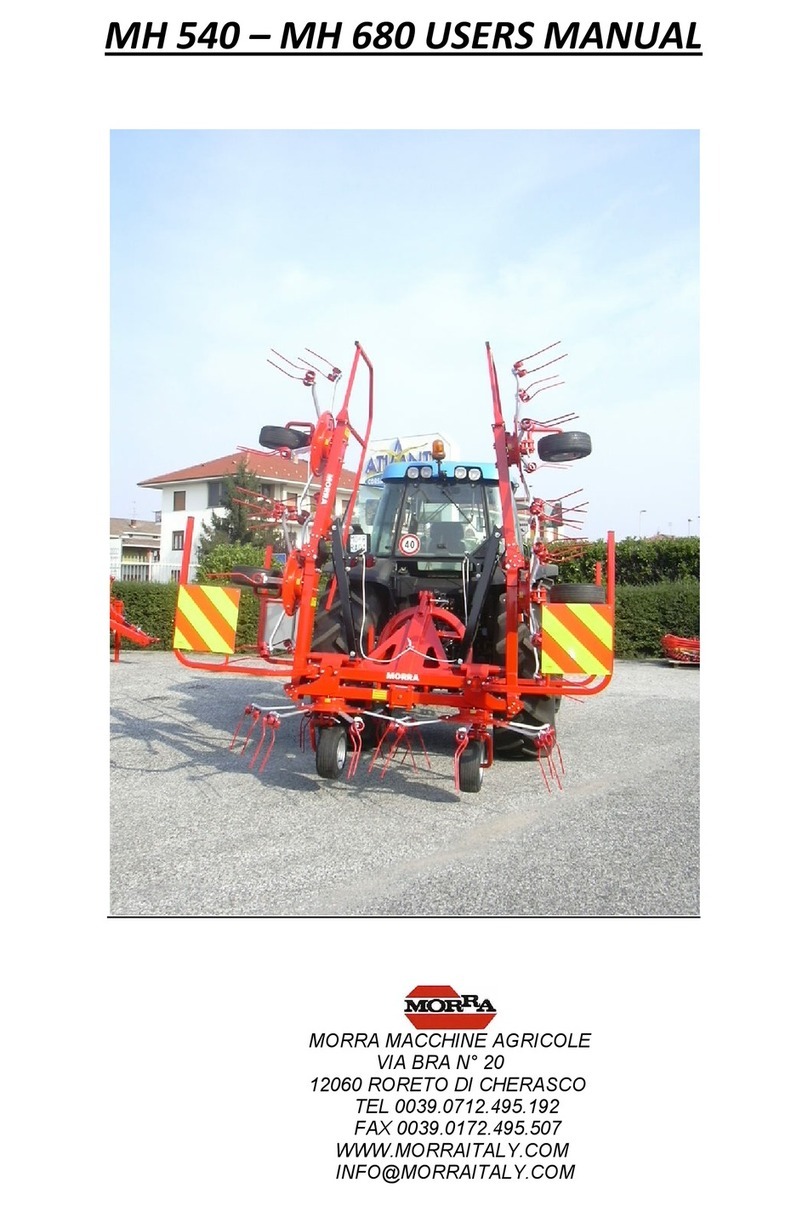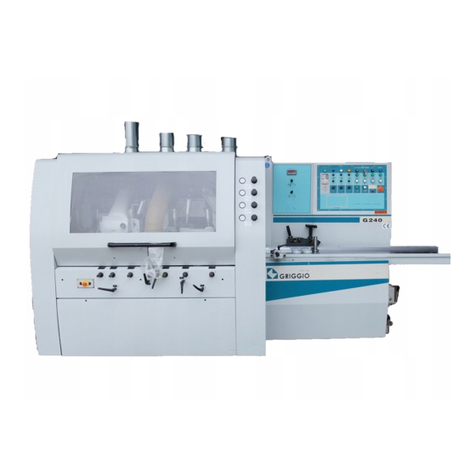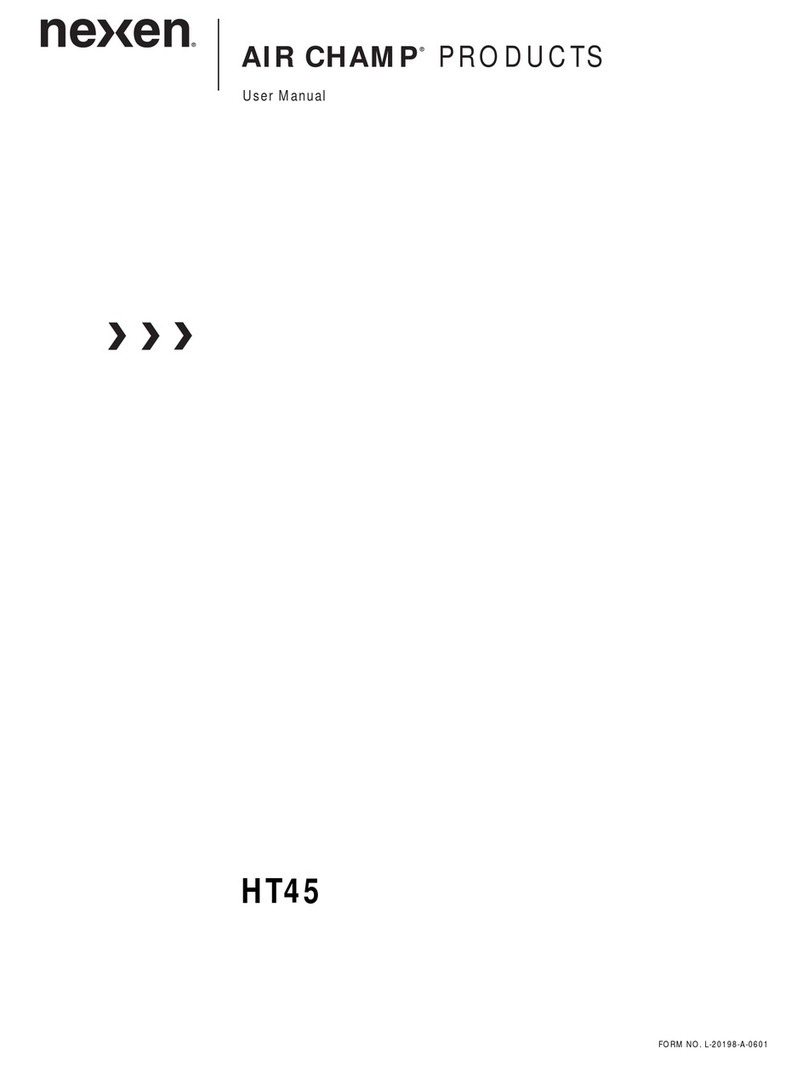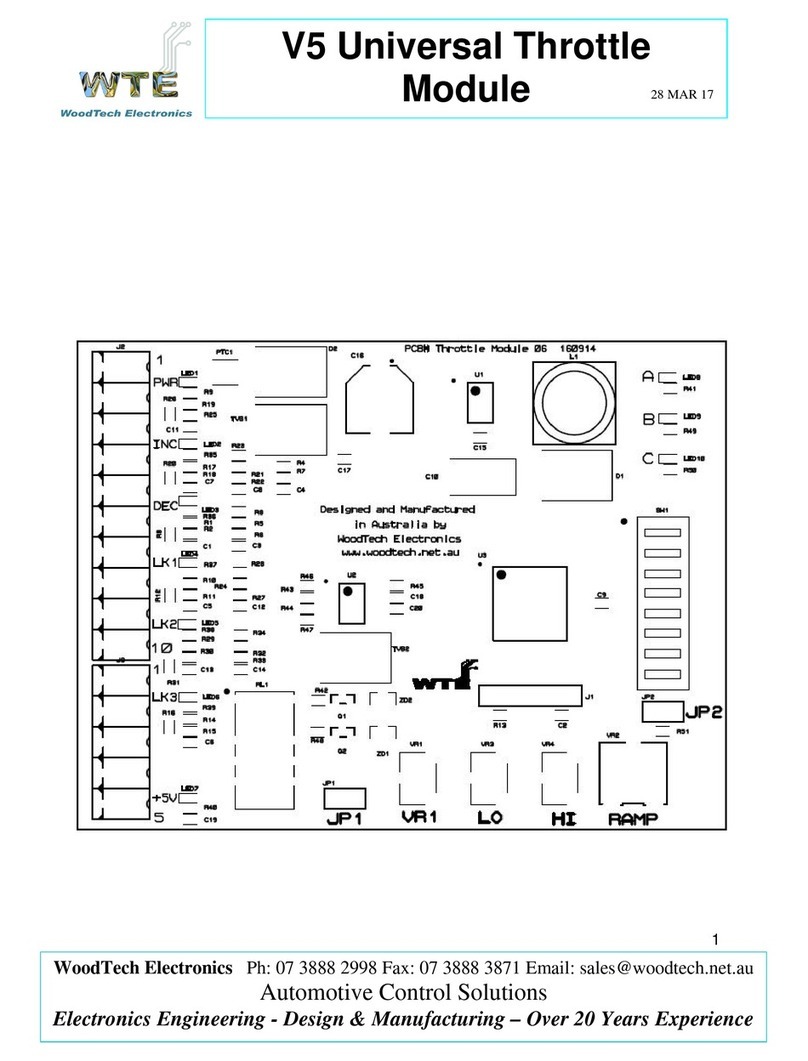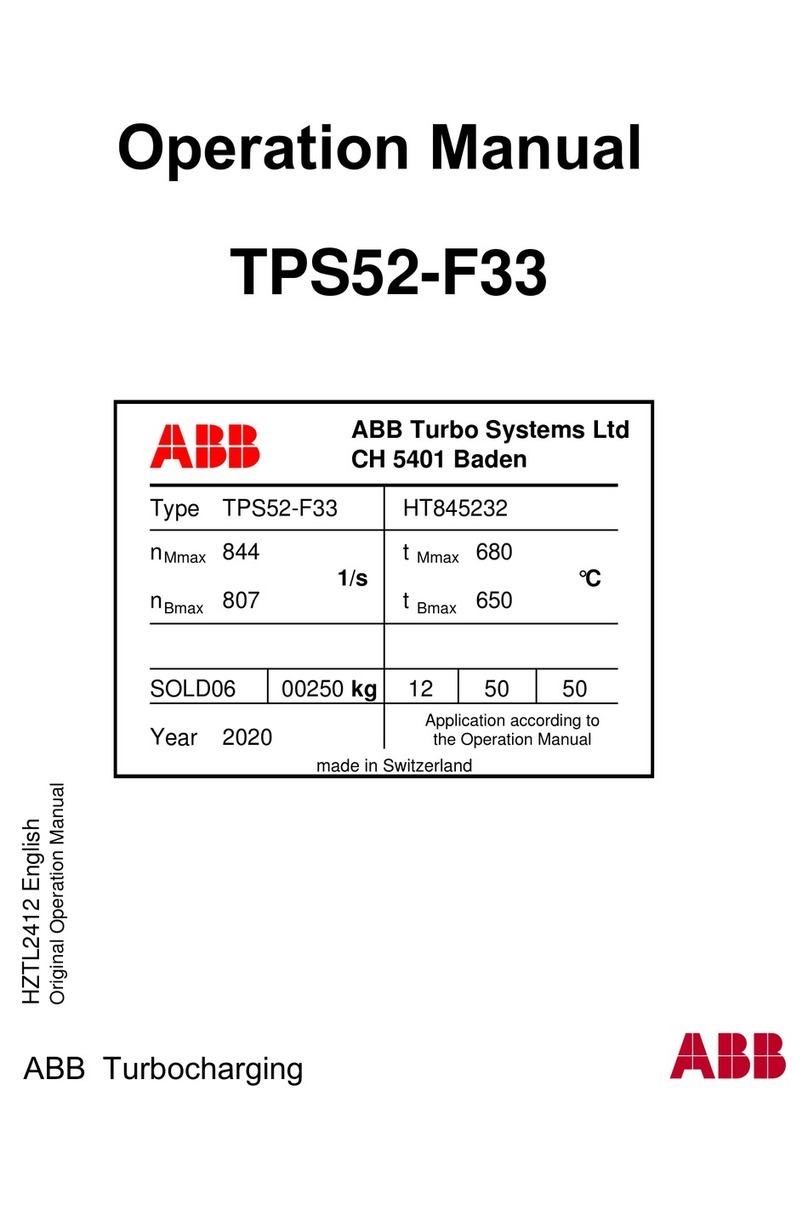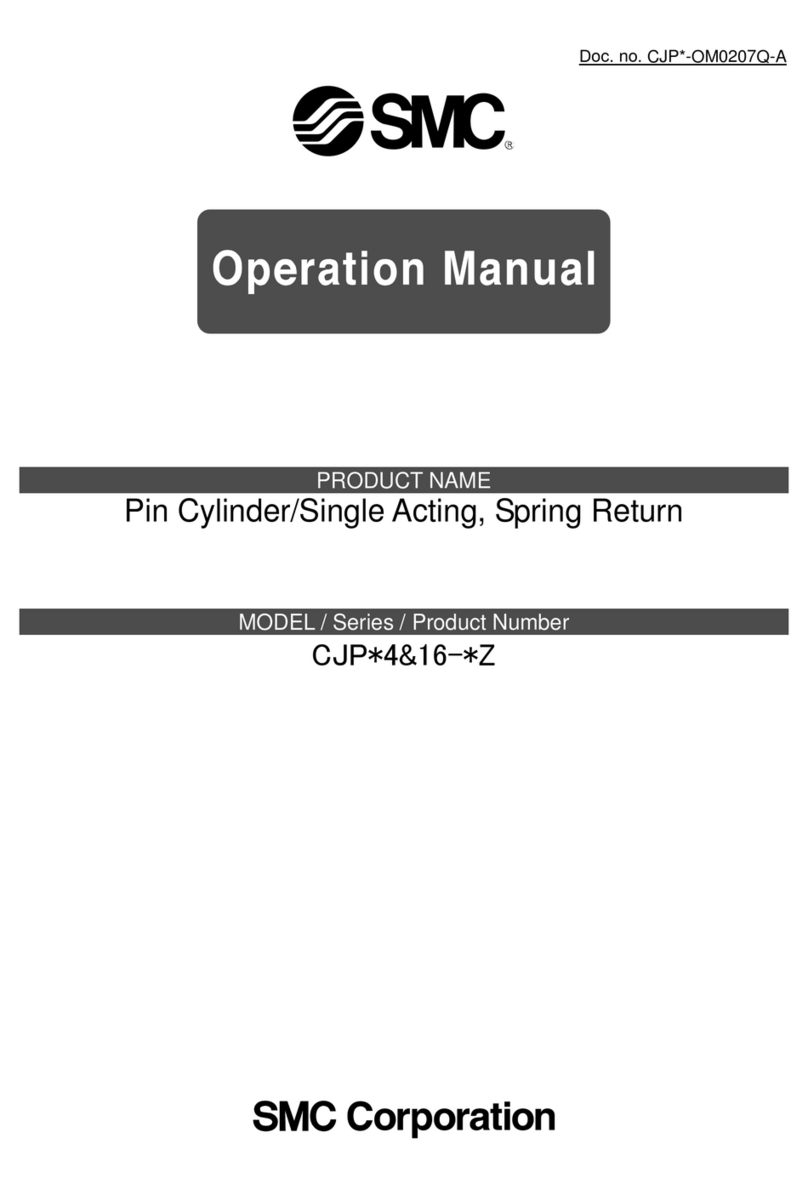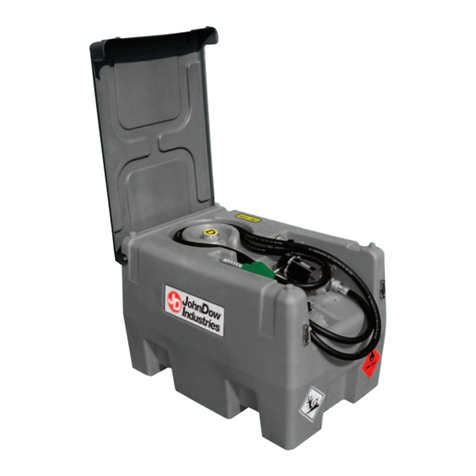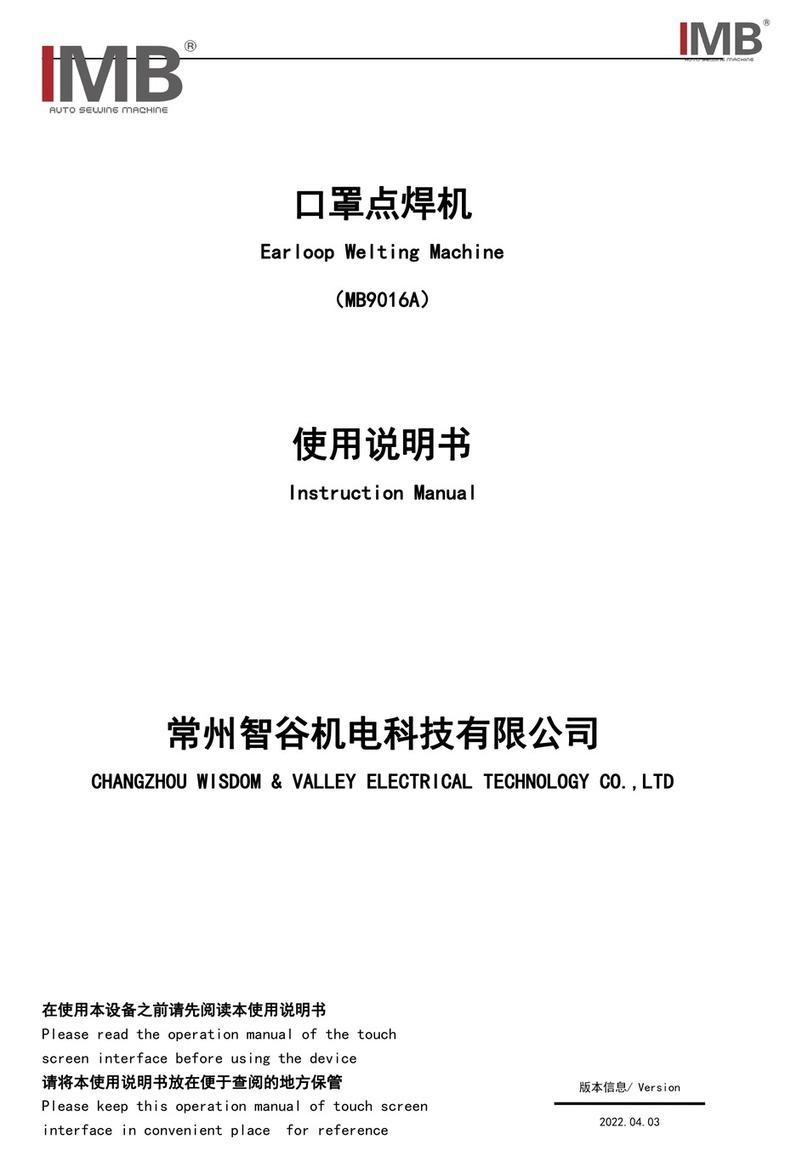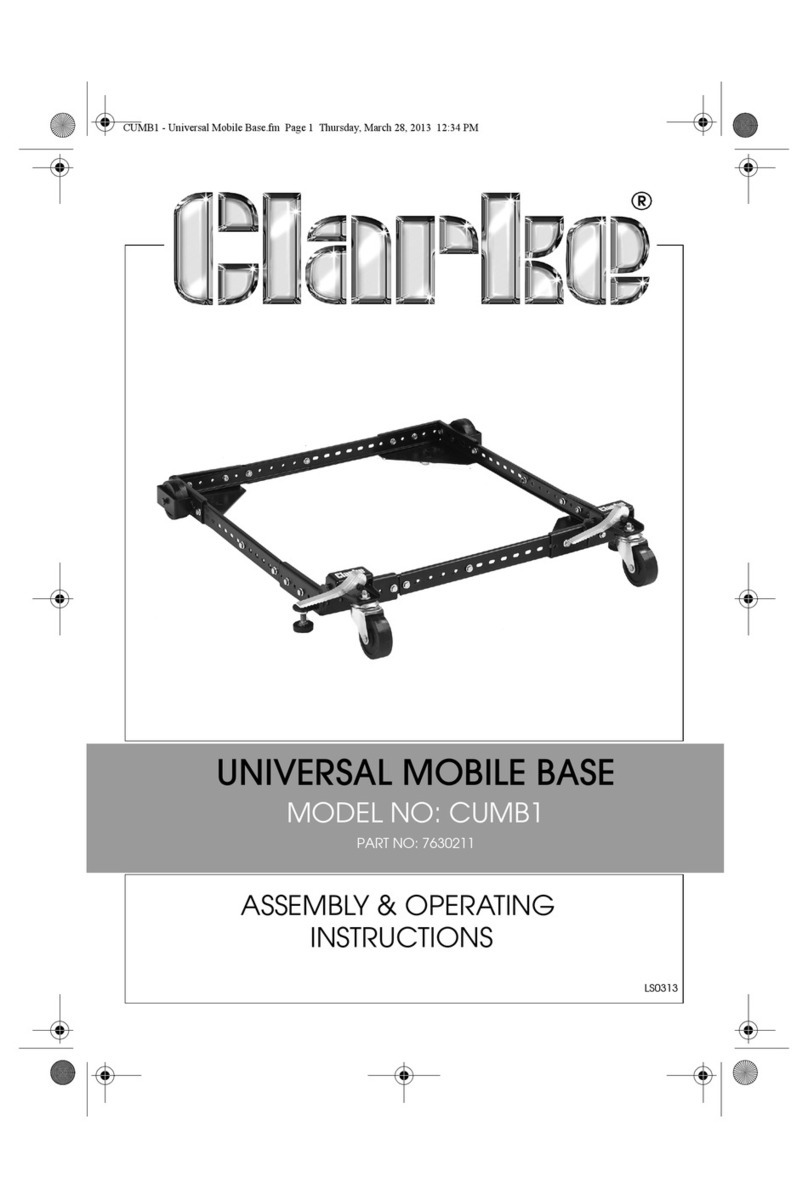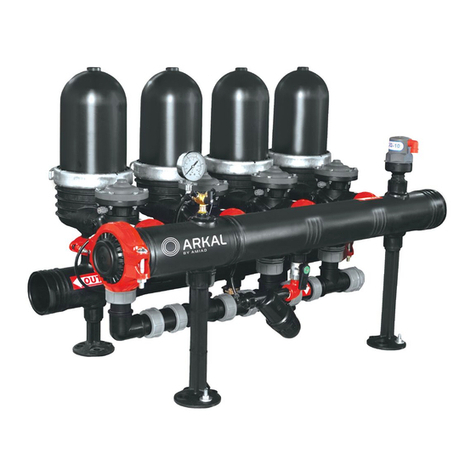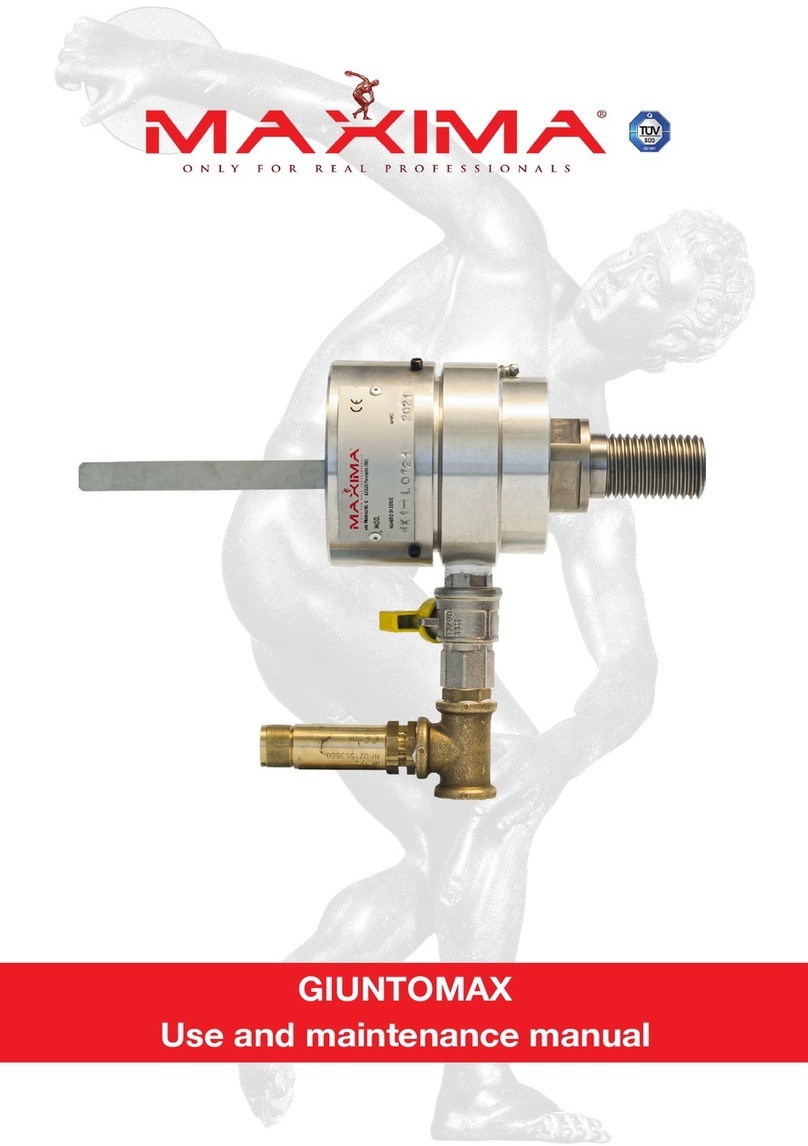
EATON Airex DPA Caliper Brake Installation, operation and maintenance manual E-CLCL-II010-E October 2015 7
Airflex DPA Caliper Brake
3.0 Operation
Warning
Do not overheat the brake pads. Maximum
recommended temperature on the brake disc surface
is 392° F (200° C).
3.1 Pressure limits
Warning
Maximum allowable operating pressure is 2000
psi (138 bar). Exceeding the maximum allowable
pressure may result in personal injury or damage
to the brake.Due to the spring force, a minimum
pressure of 8 psi (.6 bar) is required to engage new
friction shoes. Thirteen psi (.9 bar) is required with
worn friction material.
3.2 Discs
Minimum disc diameter is 12 inches (304.8 mm).
3.3 Initial operation
Before putting the brake into operation a short wear-
in period is required before generating full rated
torque. Use the brake to slow and stop the machine
a number of times. The brake shoes are ready for
operation when the entire surface of the friction shoe
shows signs of contact and discoloration.
4.0 Maintenance
4.1 Periodic inspection
The friction discs should be checked to make sure
that they are not contaminated by oil, grease, dirt or
excessive moisture. Brake pads should be replaced if
the friction material has absorbed oil or grease.
Warning
Contamination of the friction material will signicantly
reduce the torque capacity of the brake and/or result
in erratic torque. Observe the friction shoes with
the actuation pressure at zero Psig/ bar. If the brake
shoes do not release from the disc, it may indicate
the calipers are not releasing.
Caution
Damage to the guide pin (3) and shoulder screw (4)
will result if the lining is allowed to wear beyond this
point.
4.2 Periodic maintenance
The piston (2) should be inspected when pressure
is applied and the brake shoes do not move. If
inspection of the piston shows signs of wear or
damage it should be replaced.
4.2.1 Bleeding the hydraulic system
Warning
Use appropriate gloves and eye protection equipment.
Caution
Do not work on the brake while the system is
pressurized. Pinch points exist when pressurizing the
brake and injury may occur.
Caution
Re-tighten the bleeder valve before releasing the
applied pressure to avoid drawing air back into
the system.
Find the air bleeder connection (10) on each of the
cylinder blocks (1). Apply hydraulic pressure of 8PSI
standard operating pressure, to the actuation media
connection (9); gently loosen the bleed screw,
venting the air from the system. During this operation
uid will escape, the amount depends upon the
number of times needed to thoroughly vent the air
from the system. Retighten bleed screw once the
air has been removed from the system. Repeat this
procedure on both brake cylinders, and as many
times as necessary to remove all the air bubbles from
the system.
Caution
Prevent contamination of friction material.
Caution
During the bleeding operation, make sure that an
adequate supply of uid is available to prevent air
from entering the system.
4.3 Friction material replacement
Caution
Keep replacement friction material clean and free
from oil and grease during storage. Use only genuine
Airex friction material. Use of non-original Airex
material may result in unpredictable performance.
The brake does not need to be removed in order
to replace friction material. Doing so may require
realignment of the brake.
4.3.1 Friction material wear adjustments
There are no wear adjustments necessary with
this caliper.
4.3.2 Friction material wear limits
An inspection is required to determine when the
friction shoes should be replaced. New friction lining
thickness is 0.315 inches, (8 mm), not including the
backing material. See table 2 for wear limits
